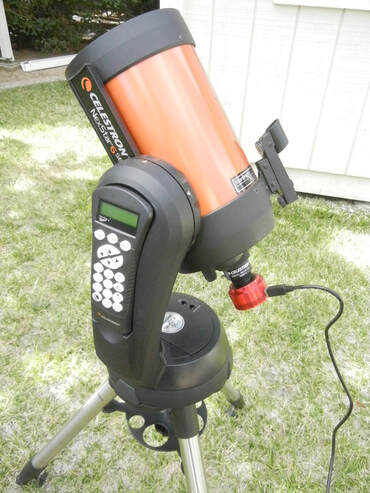 Celestron 6SE with ASI224MC Celestron 6SE with ASI224MC Why SCTs In this installment of my "EAA for Beginners series" we will discuss the use of a Schmidt Cassegrain Telescope (SCT) for EAA on an Alt-Az mount. SCTs seem to be a popular choices for EAA for good reasons. First, large apertures up to 14" are possible with an SCT because the cost per inch of aperture is so much less than that of a refractor. Second, because the SCT design uses folded optics, SCTs are more compact than the same size aperture Newtonian. With its smaller moment of inertia for the same weight Newtonian, an SCT places less demands on the mount for smooth tracking and is guides better in the wind. But the versatility in focal ratio (or focal length) may be the biggest reason SCTs are popular for EAA. An SCT is natively f/10 but can easily be reduced to f/6.3 for an non-Edge model or f/7 for an Edge model with the addition of a focal reducer. And, with hyperstar capable models, focal ratios of f/1.9 to f/2.2 are achievable depending upon the model SCT. As I discussed in detail in an earlier installment of this series, the lower focal ratio results in a faster optical system so that much shorter exposures are needed providing spectacular images in real time and less demands on telescope tracking. This versatility is like having 3 different telescopes in one with just the added cost of the focal reducer and hyperstar. Any size SCT which can be found in sizes from 5" to 16" primarily from Celestron and Meade will work for EAA . I have used 6", 9.25", 11" and 14" SCTs myself for EAA with great success and you can find some real time images in the "My Images" section of this web site. The tradeoffs with a larger size scope is cost and the need for a larger and more expensive mount. That is why some consider an 8" SCT as a ideal size scope in terms of aperture vs size and weight. 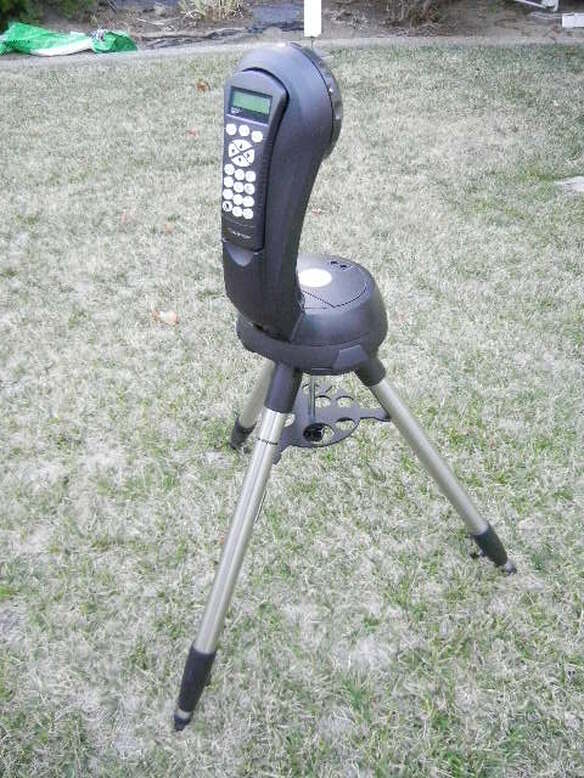 Celestron Single Fork SE Alt-Az Mount Celestron Single Fork SE Alt-Az Mount Alt-Az Mounts Just as SCTs are very popular for EAA, Alt-Az mounts are also popular. Alt-Az (Altitude-Azimuth) mounts do not track the rotation of the earth like Equatorial (EQ) mounts do. EQ mounts have two axes of rotation called Right Ascension (RA) and Declination (Dec). EQ mounts must be polar aligned so that the RA axis, also called the Polar Axis, follows the earth's axis of rotation. This is done with a procedure called Polar Alignment (PA) in which the elevation of the mount is set to the local latitude while the Polar Axis is carefully aligned with the north celestial pole. By doing this the mount rotates about its RA axis so that it matches the earth rotation to keep objects centered in the field of view (FOV). This allows for long exposures of up to many minutes determined by the quality of the mount and the precision of the PA. While an Alt-Az mount also has two axes of rotation and motors on each axis to find and track objects in the night sky, it cannot exactly match the earths rotation. The Azimuth axis is defined by the local horizon and the Altitude simply by the height of an object in the sky. There is no latitude adjustment knob to account for the tilt of the earth's axis. Only at the north and south poles will the Azimuth axis of an Alt-Az mount be pointed at the celestial pole and the mount be able to track the earth's rotation. Everywhere else on the surface of the earth, an Alt-Az mount can keep a star centered in the field of view, but it cannot prevent the surrounding stars in the FOV from appearing to rotate around the central star. This field rotation can cause objectionable elongation in the appearance of stars in images depending upon how long of an image exposure and where in the sky the object is located. The typical rule of thumb is that exposures must be limited to less than 30seconds unless the object being viewed is nearly due east or due west to avoid star trailing or elongation. The actual details are much more complicated and can be found on this web site here. Despite this, Alt-Az mounts work very well for EAA since the trend in recent years has been to take short exposures, much less than 30seconds, and use software like SharpCap to stack successive image frames in real time to give images with an effective exposure of minutes of longer without star trailing. Despite its limitation in following the earths rotation, Alt-Az mounts have several advantages for EAA compared to EQ mounts. First, Alt-Az mounts are less expensive than their EQ counterparts. Also, Alt-Az mounts are typically lighter than EQ mounts for the same load capacity which makes them easier to transport, whether from inside the house to the back yard or to a distant dark site. Finally, since an Alt-Az mount cannot be Polar Aligned, it is much easier and faster to set up a telescope on an Alt-Az mount and get started viewing objects in the night sky. Alt-Az SCTs The combination of SCTs on Alt-Az mounts are now very popular for EAA and come in a number of different sizes and configurations. These are some of the least expensive telescope setups for SCTs. You can get a Celestron Nexstar 5SE SCT (available from High Point Scientific, Agena Astro or Amazon) on an Alt-Az mount for $936, while the Celestron Nexstar 6SE (High Point Scientific or Agena Astro or Amazon) is only slightly ore expensive at $1099 and the Nexstar 8SE (High Point Scientific or Agena Astro or Amazon) is $1600 as of this writing. Celestron also offers a better mount in its Nexstar Evolution series (High Point Scientific, Agena Astro) which is available with a 6" SCT for $1679, an 8" SCT for $2199 and a 9.25" SCT for $2849. The Evolution mount offers integrated WiFi so that the scope can be controlled wirelessly from a phone or tablet, it includes an internal rechargeable Li battery which should last all night long, has improved gears for better tracking and other improvements like manual clutches, etc. The larger the aperture the greater the magnification of the image, but also the more the telescope weighs. The field of view (FOV) of a 6" SCT is 2.46X larger than the FOV of a 9.25" SCT at the same f-ratio so more of very large objects like M33 can be viewed in the smaller SCT, but more detail will be seen in smaller objects like M82 with the 9.25" SCT. The weight difference between an 6" SCT and an 8" SCT is small with the former weighing just 10lbs and the later 12.5lbs. But, at 20lbs the 9.25" SCT weighs twice that of the 6". On the other hand the Evolution mount/tripod weights only 33% more at 28lbs compared to the SE mount/tripod at 21lbs. The SCTs discussed above are Celestron's standard optical tubes. They also make their Edge series of optical tubes (High Point Scientific, Agena Astro) which have additional optical elements in the baffle tube which is designed to give a flatter FOV so that stars are more pin point from center to edge. These are offered in 8" and larger OTAs and come at a premium price with the 8" Edge OTA costing ~$300 more than the non-Edge version and the 9.25" version costing ~$1500 more. If you objective is to also do traditional astrophotography you should seriously consider an Edge version OTA. On the other hand, if you only plan to do EAA the added expense of an Edge OTA is not so clearly justified. Celestron does not offer an SE or Evolution mount with an optical tube larger than 9.25" because the weight of the larger OTAs is too great for these single arm mounts. If you want a larger OTA on an Alt-Az mount you must choose a dual arm fork mount like Celestron's CPC series (High Point Scientific, Agena Astro) with 8" to 11" OTAs. With dual arms these telescopes come with built in GPS, improved drive gears, a heavy duty mount, an auto-guider port, clutches and Periodic Error Correction (PEC) capability. The dual fork telescopes come at much higher cost with the CPC8 at $2600 compared to $2199 for the 8" Evolution. But an even bigger difference is found in the weights, exacerbated by the fact that the OTA is permanently attached to the mount in this design. The CPC8 mount/OTA is 42lbs while the tripod is 19lbs. This compares to 12.5lbs for the 8" OTA and 28lbs for the Evolution mount which makes the SE and Evolution designs much easier to transport and set up compared to the CPC design. Meade does not offer single fork SCTs but they do offer dual fork versions. They only offer these in their ACF (Advanced Coma Free) version of optical tube similar to the Celestron Edge. The 8" ACF sells for $3000 and comes with built in GPS, and over-sized mirror, PEC, and more. Meade offers versions all the way up to OTAs of 16". 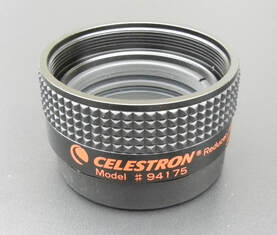 Celestron 6.3X SCT Focal Reducer Celestron 6.3X SCT Focal Reducer Focal Reduction with SCTs As I mentioned in the beginning, the ability to use SCTs at multiple focal ratios is what makes them so versatile and ideal for EAA. Natively SCTs are f/10 which results in very high magnification, especially with cameras using a small chip. For instance, an 8" SCT at f/10 has a focal length of 2000mm. When used with the low cost ASI224MC camera which has a chip diagonal of 6.1mm the magnification is approximately 2000/6.1 = 328. Such high magnification not only means that only the smallest DSOs will fit in the field of view, but that it can be very hard and frustrating to locate the object to begin with. In addition, the exposure times needed to see detail may need to be very long. For these reasons, EAA is most commonly performed at focal ratios of f/2 to f/7 to obtain a combination of wide field and fast optics. Focal reduction is fairly straightforward requiring that a focal reducer be placed between the telescope and the camera. To obtain the specified focal reduction ratio the camera must be placed at the correct distance from the back of the focal reducer according to the manufacturer's specification, usually within a couple of millimeters. If the camera is too close, the focal reduction will be less and if it is too far, the focal reduction will be more. Also, if the spacing is off by too much it may result in vignetting and other types of image distortions. Adapters are available to achieve the correct spacing and spacers in various sizes can be used to fine tune the spacing. For instance, Celestron has a series of T Adapters designed for each of their different OTAs including Edge and non-Edge designs. 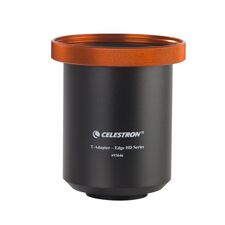 Celestron's Edge Series T-Adapter Celestron's Edge Series T-Adapter There are many focal reducers on the market but not all are designed to work with SCTs. Celestron offers a 0.63X focal reducer (High Point Scientific, Agena Astro or Amazon) for their standard OTAs and a 0.7X reducer for the Edge OTAs (High Point Scientific , Agena Astro) to reduce the focal ratio down to f/6.3 and f/7 respectively. You can also get the Starizona Night Owl reducer for 0.4X reduction ) or the Optec 0.33X focal reducer (High Point Scientific) to produce an even lower focal ratio of f/3.3. All of these are both focal reducers and field flatteners which improves the sharpness of the stars from the center to the edge of the FOV. Since EAA is not meant to produce the high quality images sought by astrophotographers, one can even use a generic 0.5X focal reducer (High Point Scientific, Agena Astro, or Amazon) to get down to a focal ratio of f/5. These come in both 1.25" and 2" versions and are much cheaper than the focal reducers from Celestron, Starizona and Optec. If one is not terribly concerned about vignetting it is also possible to stack focal reducers to achieve an additional focal reduction such as stacking two 0.63X reducers to get a focal ratio of ~f/4. HyperStar While the HyperStar adapter(High Point Scientific) is a field flattener and not actually a focal reducer, it does enable the Celestron SCT focal ratio to be reduced from f/10 to ~f/2. The Hyperstar is a compound set of lenses which replaces the secondary mirror on the front of the OTA. Just unscrew and remove the secondary mirror and screw the HyperStar in its place. The camera is then screwed into the back of the HyperStar adapter so it is looking directly at the primary mirror which has a focal ratio of between f/1.9 to f/2.2 depending upon the aperture of the OTA. Camera cables such as the USB cable for camera control and image capture along with a power cable if camera cooling is used are routed from the front of the OTA to the back. They typically do not cause much interference in the image. Many older model OTAs are not compatible with the HyperStar attachment so check before you buy. Also, be careful not to overtighten the HyperStar onto the corrector plate as it can become frozen in place as it did on my C14 requiring removal of the corrector plate to get the HyperStar adapter off. Hyperstar speeds up the optical system dramatically with required exposures reduced by the square of the ratio of the native and HyperStar focal ratios, or (10/2)^2 = 25 times. The effect is dramatic. In addition the reduction in focal ratio greatly increases the FOV by a factor of 10/2 = 5 which makes HyperStar great for viewing very large DSOs like M33, the North American Nebula, etc. Summary
EAA with an SCT on an Alt-Az mount is becoming increasingly more popular. The relative low cost of such a setup puts it in the reach of many more people interested in astronomy. Also, these setups tend to be fairly light in weight making them easy to move around without disassembling everything each time you want to have an observing session. And, perhaps, most importantly, the versatility of an SCT on an Alt-Az mount is the biggest attraction. Links are Affiliate links from which I can earn commissions at not cost to you. If you would like to support my web site and its content please consider using my links when ordering products.
0 Comments
Leave a Reply. |
Categories
All
Archives
January 2024
|
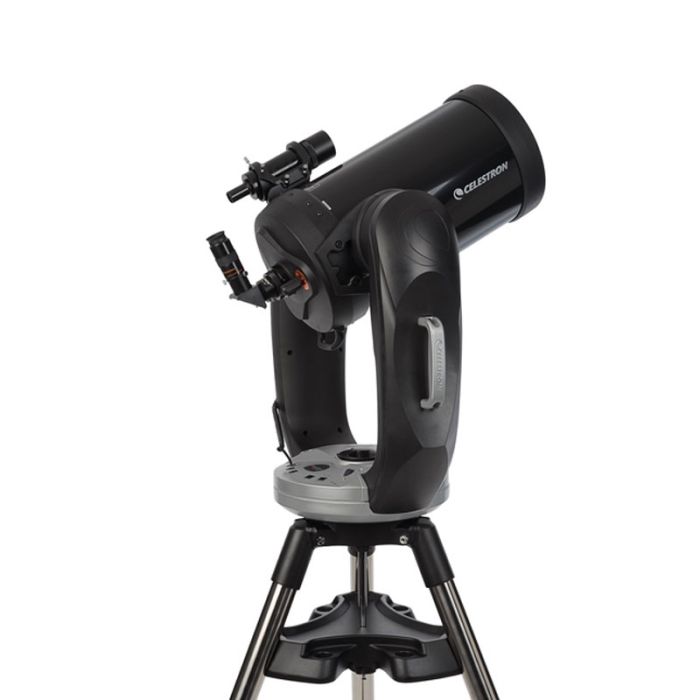
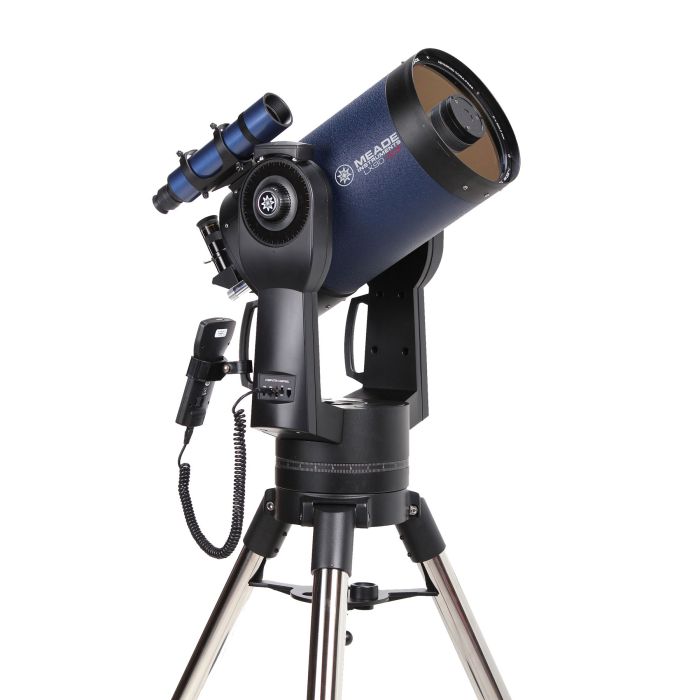
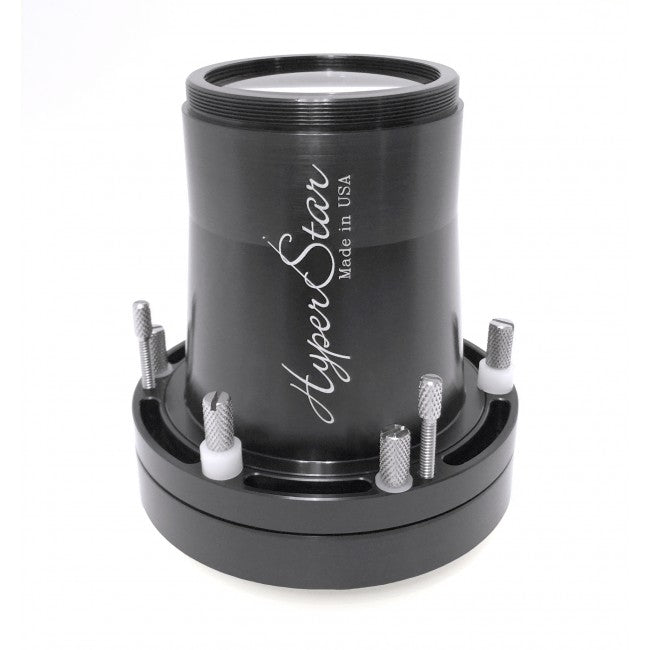
 RSS Feed
RSS Feed